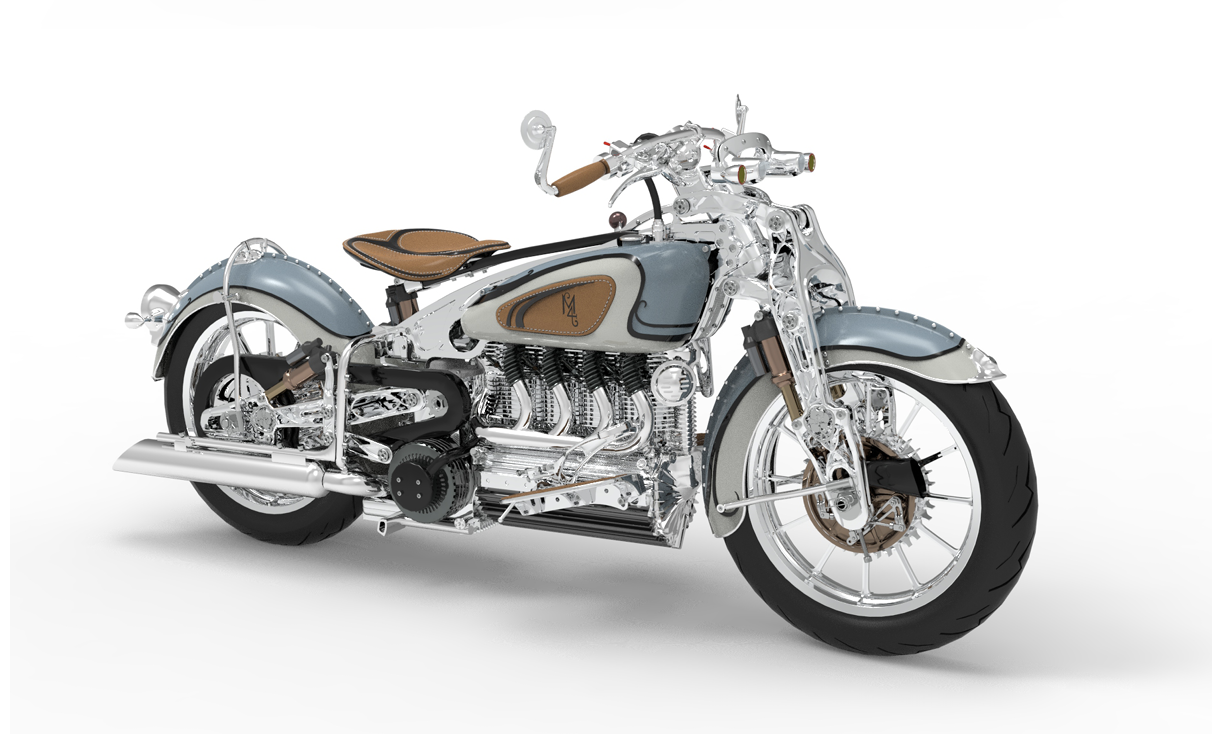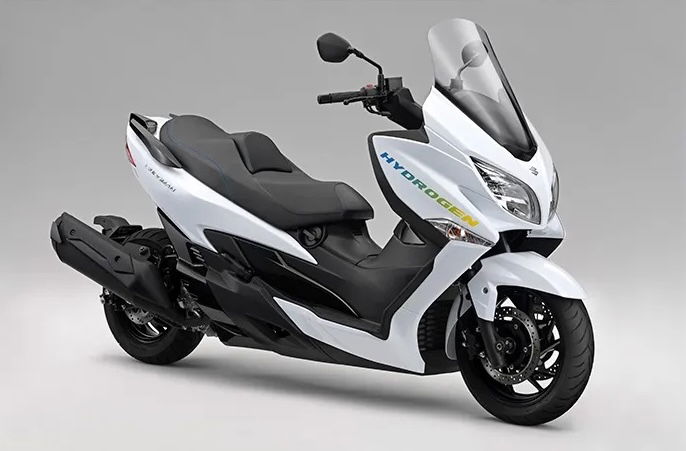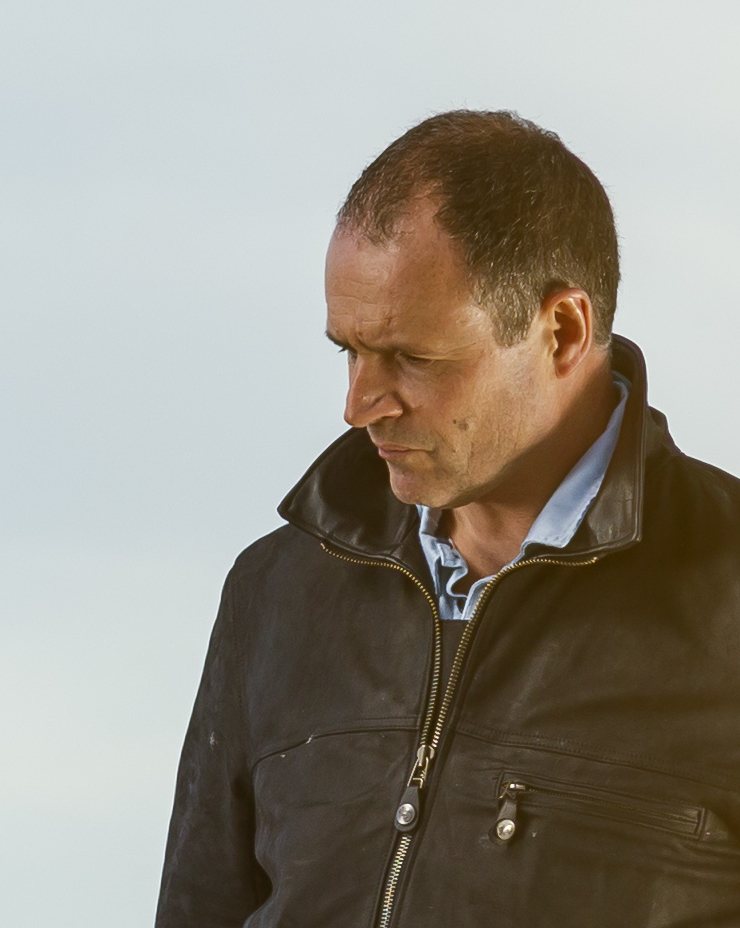Has Ducati Done Enough With the New Panigale?
There’s a new Panigale. Trouble is, it’s not much different than the old one – or is it?

It’s easy to be initially underwhelmed by the new Ducati Panigale V4, as recently unveiled to coincide with World Ducati Week 2024. I know I was.
On face value not much is different – this is supposed to be the “seventh generation Ducati superbike”, after all, as boldly unveiled by Ducati DEO Claudio Domenicalli – and the aspects that most conspicuously ARE, going from single to double-sided swingarm, added aero winglets, smoothed-out styling, seem either retrograde or contentious.
Some keyboard warriors, meanwhile, are even saying it now looks more like an old Honda CBR, which surely isn’t the sort of reaction the Bologna bosses of the world’s most alluring superbike brand would have hoped for.
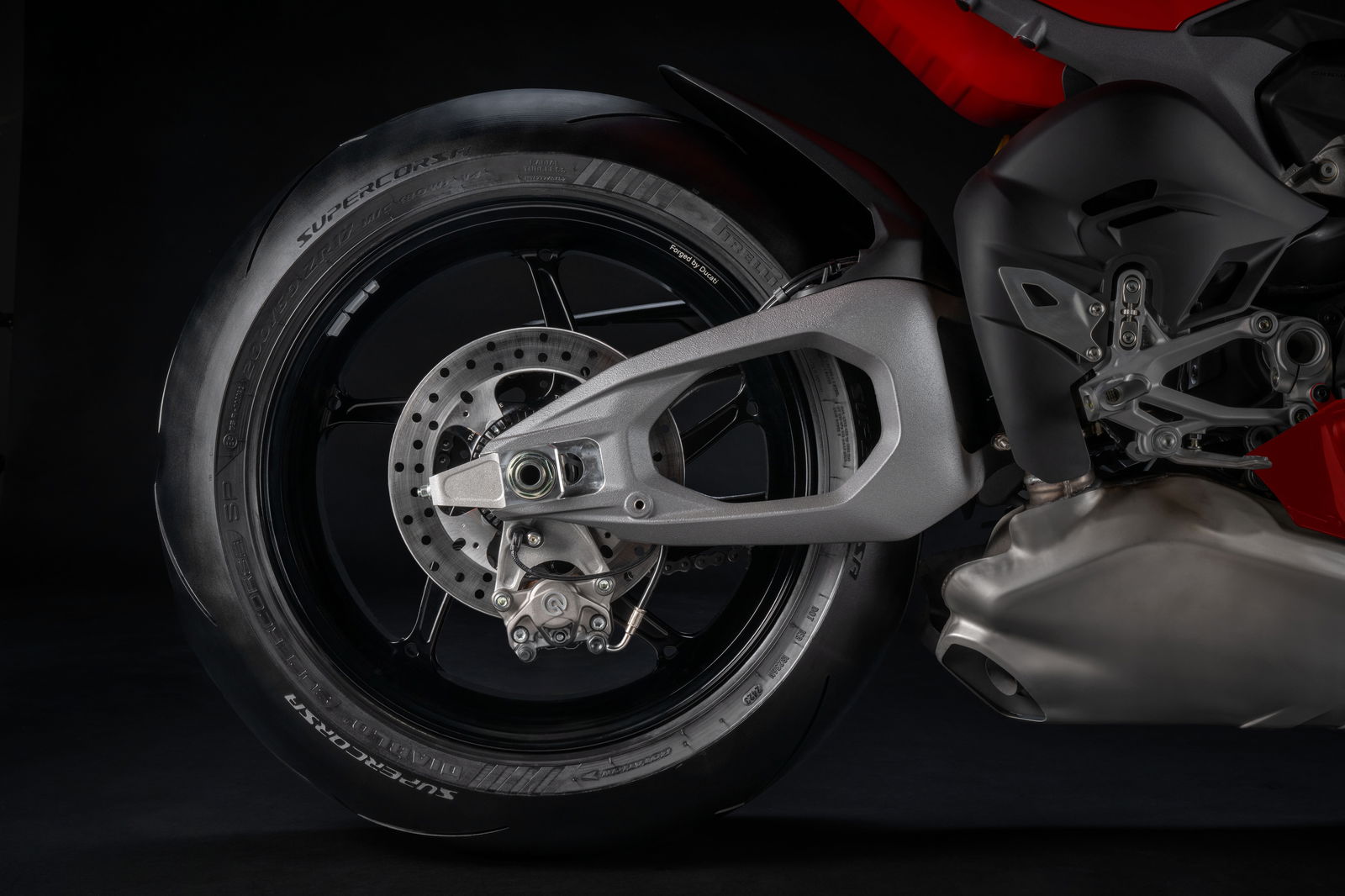
So, has Ducati done enough to maintain the Panigale’s position as the world’s ‘best’ superbike? While the short answer seems to be ‘No’, the longer one is probably ‘Yes’.
First off, while the new bike seems little different, don’t forget that there wasn’t much wrong with the old. While the preceding V-twin ‘Superquadro’ 1199 then 1299 Panigale never won the WSB title in six years of trying, the V4 R won back-to-back crowns in 2022 and 2023 and is still holding second and third this year, only due to the out-of-this-world brilliance of BMW’s Toprak Razgatlioglu. So, there’s no point in throwing the baby out with the bath water just yet.
Because of that, as Ducati itself claims, this is therefore a ‘profound evolution’ of the Panigale rather than an all-new bike which, rationally, is probably exactly what it needs.
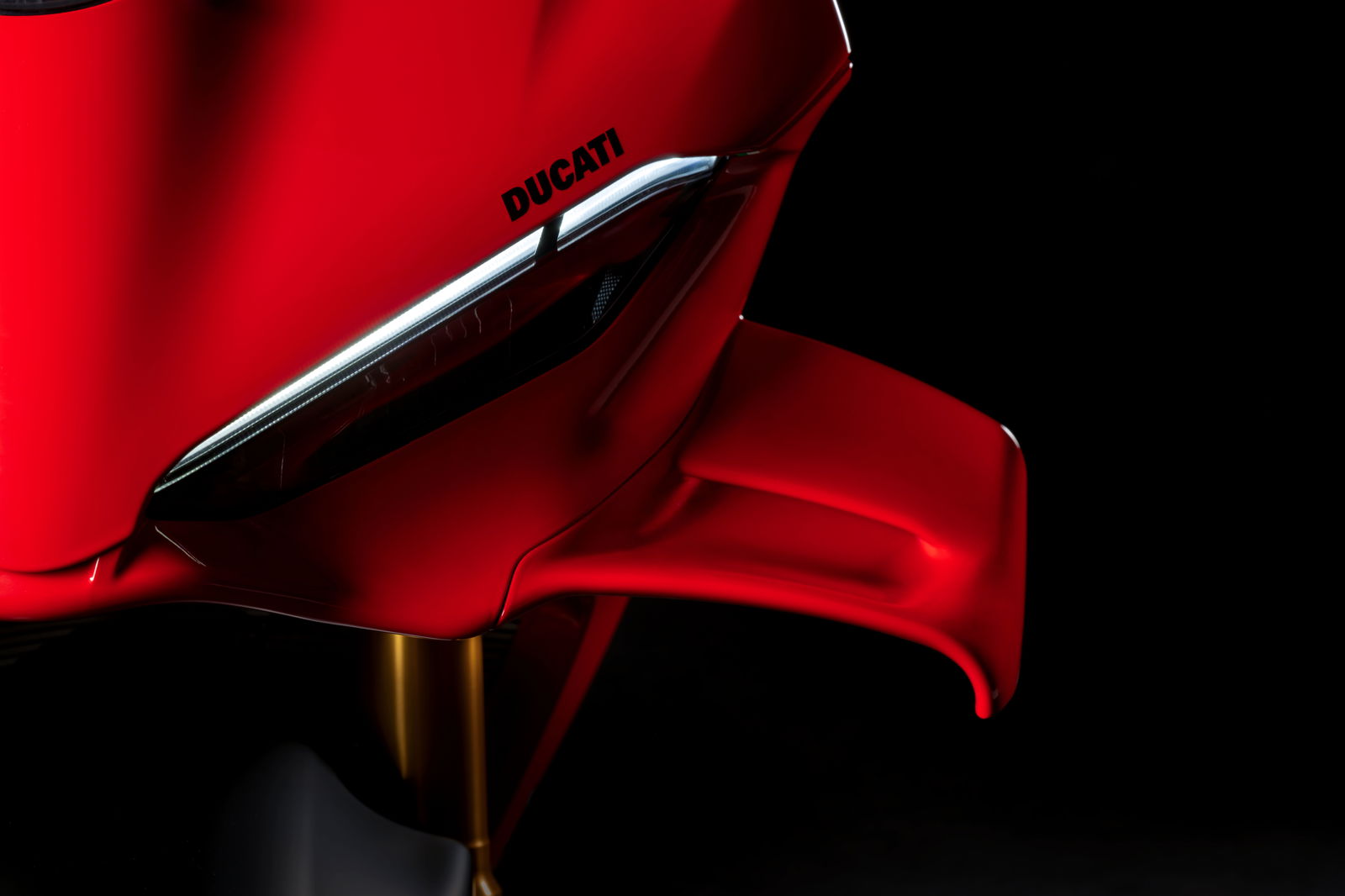
So, that twin-arm swing arm? Yes, it might look a little retrograde and a departure from one of Ducati’s superbike design ‘signatures’ dating back to the 1994 916. But there’s also no need for a single-sided swinger in WSB, they’re inherently heavy and this switch alone is largely responsible for the new bike’s two-kilo weight saving.
And that’s just the start. Despite engine changes necessary to meet the more restrictive Euro5+ emissions homologation, the new Panigale produces 0.5bhp more power. Not much, maybe, but as the old had 215.5, as said, it wasn’t exactly lacking in the first place. The combined result is a handy increase in power/weight.
The new bodywork is an evolution, too, smoothed out, a claimed 4 per cent more aerodynamically efficient, offering better protection and also, says Ducati, gaining shades of 916 in both its profile and front ‘face’.
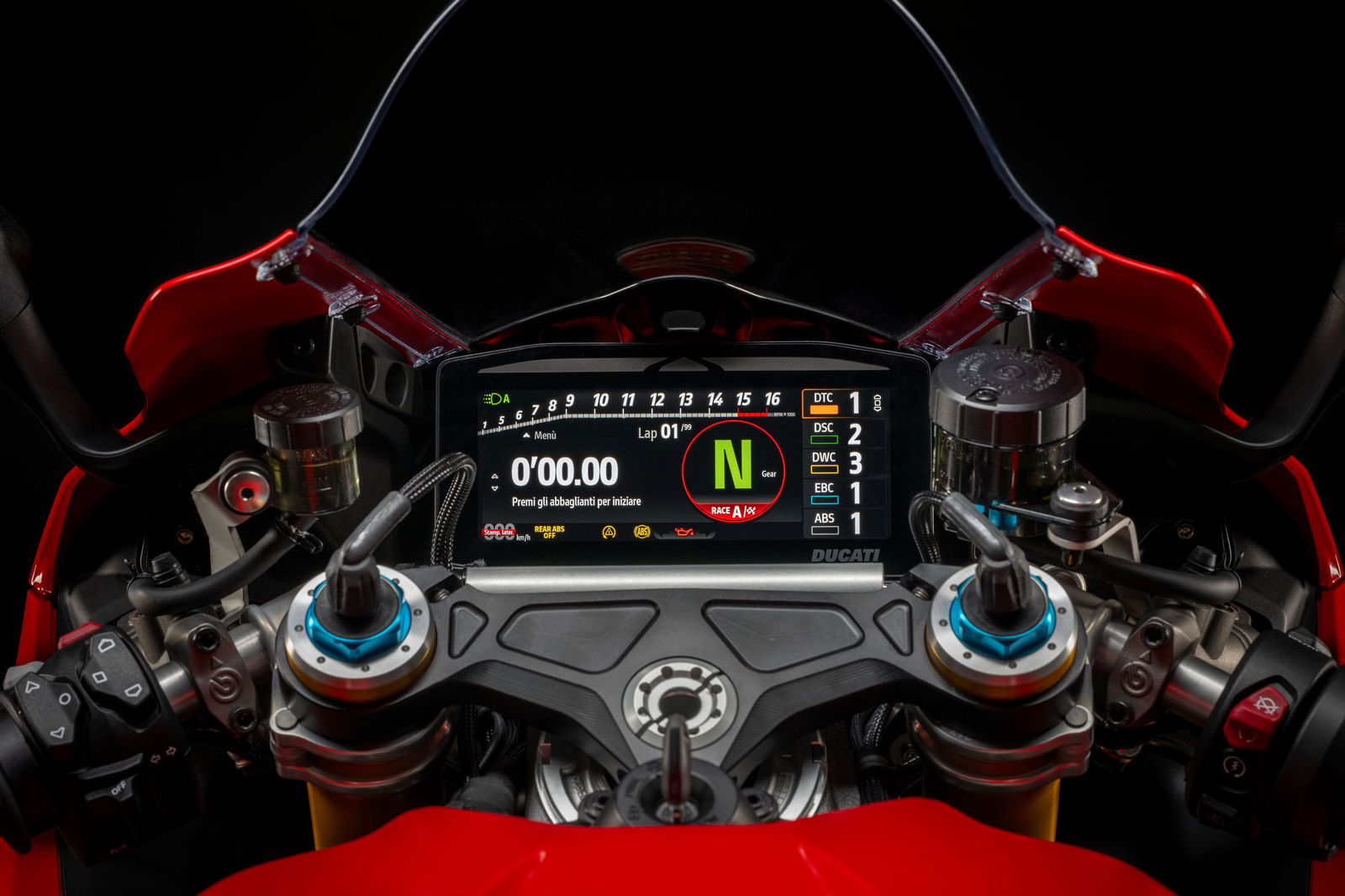
But it’s probably the stuff that’s even less noticeable that represents the biggest advances with the new Panigale V4. You might not have noticed but, brakes-wise, the new Panigale V4 has become the first bike IN THE WORLD to be equipped with Brembo’s brand new, lighter, better cooling Hypure front brake calipers. That’s worth some bragging rights from the get-go.
Its TFT dash is completely new, too, now being a whopping 6.9-inch wide, featuring a new ‘Track display’ which also now allows indicators for super-sexy things like a ‘G-meter’ (showing pulled ‘g’s both laterally when leaning or longitudinally under acceleration and deceleration), percentage power and torque being delivered and even lean angle.
It goes without saying, of course, that the new Panigale’s all-round electronics have gone up a notch, too, so much so that there’s simply not room to go into all of them here.
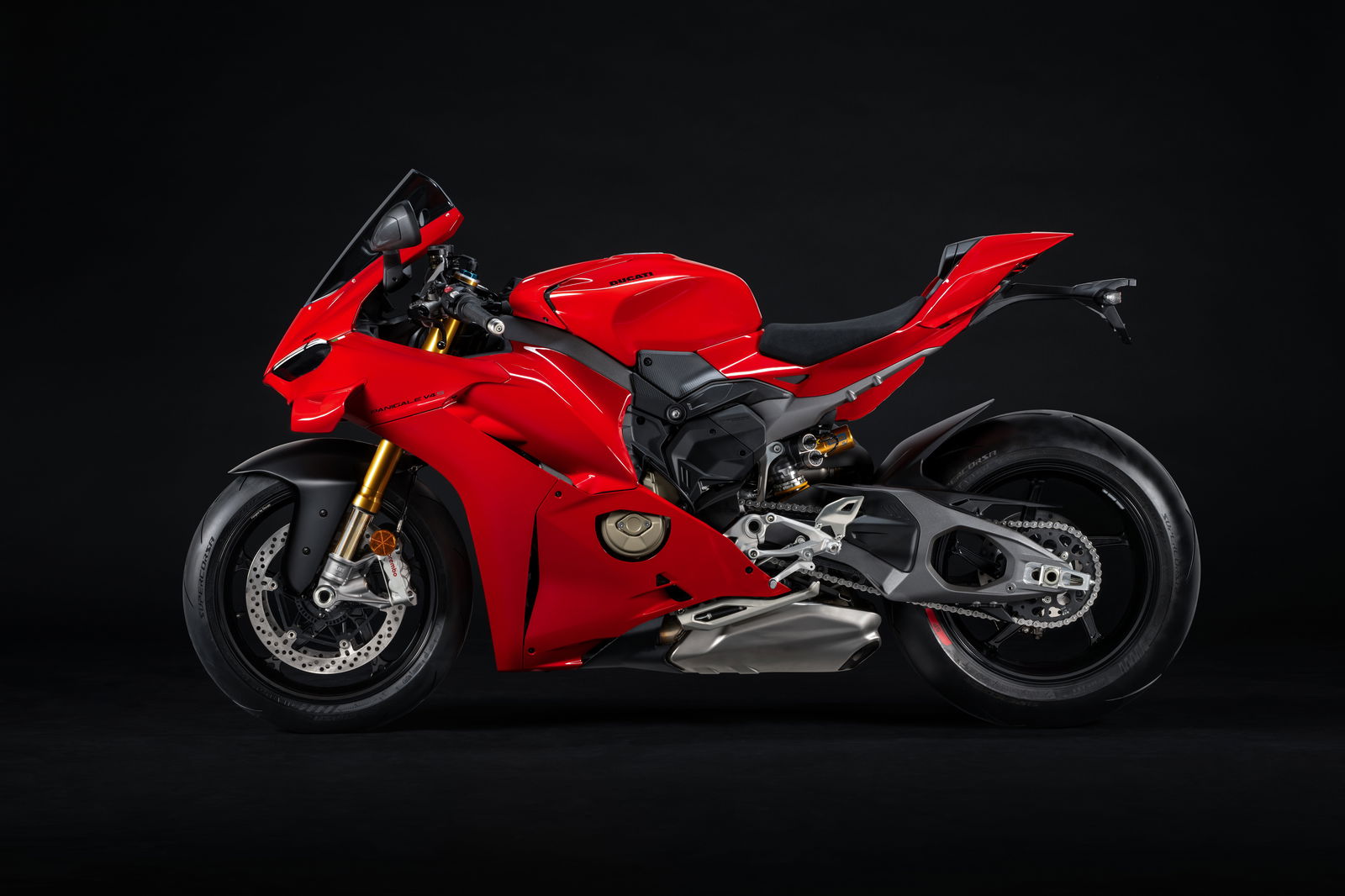
While lastly, but for me no means least, er, ly, the new Panigale V4’s rider ergonomics have also been significantly revised with the aim of making it more comfortable and controllable for riders of all ability levels, via a new seat/tank unit that offers greater roominess, more supportive seat and side covers and repositioned footpegs.
True, those last few things don’t sound particularly sexy or are immediately obvious, but personally, I can’t wait to play with that new dash, show off the new brakes or try to get my head around the uprated electronics.
Besides, that mention of CBR also reminds me of another subtly updated superbike that proved, at least for my money, to be one of the very best of all.
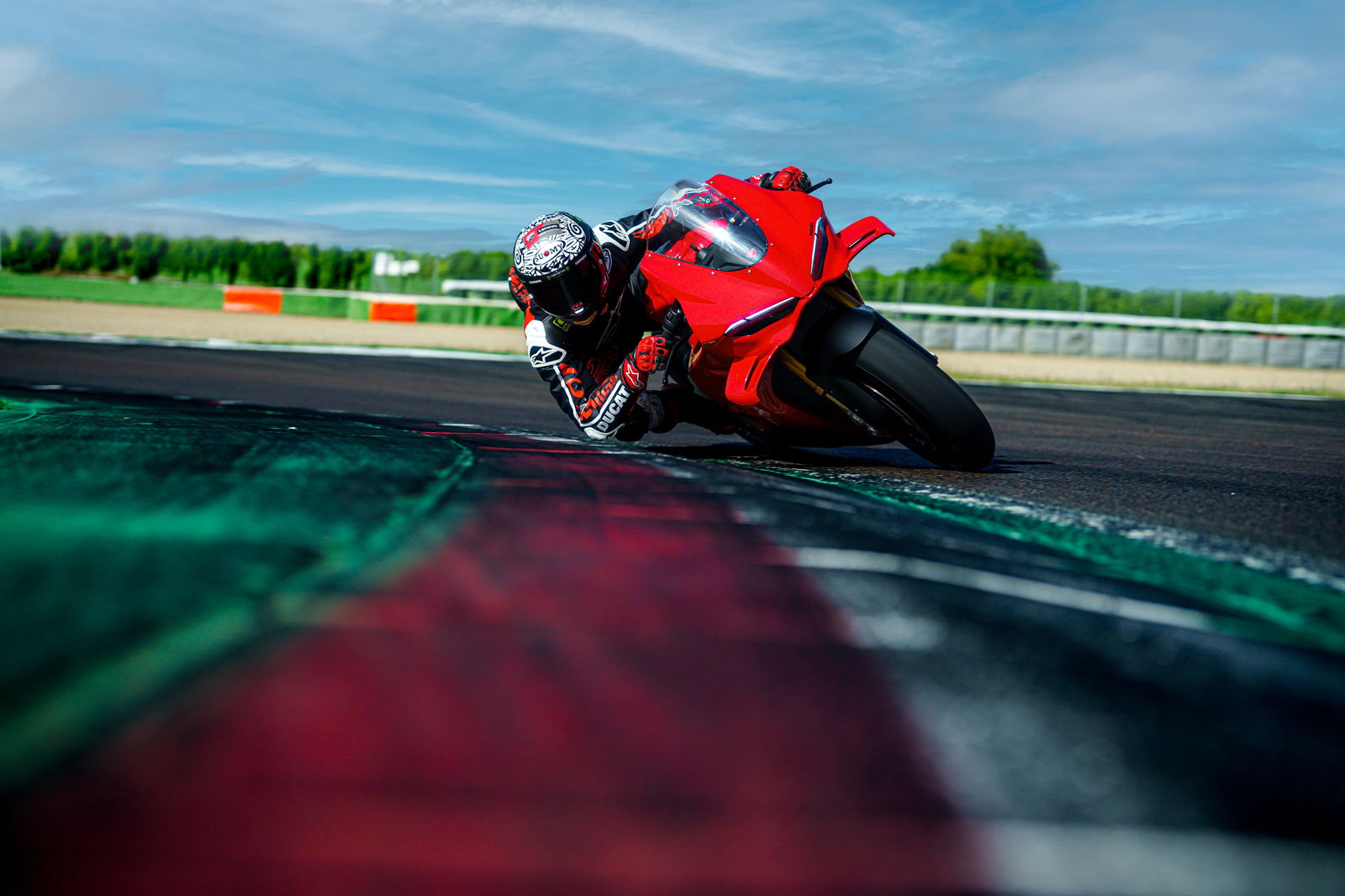
Older types might remember when Honda brought out its first, headline-grabbing, MotoGP RCV-alike CBR1000RR Fireblade in 2004. Good as that was, however, the more refined, smoothed-out 2006-2007 version was the far better bike. It wasn’t any more powerful, it wasn’t even lighter, but it was a polished, improved class act.
I’m thinking this new Panigale, without being as distinctly different from the old as some would like, might be just the same.
